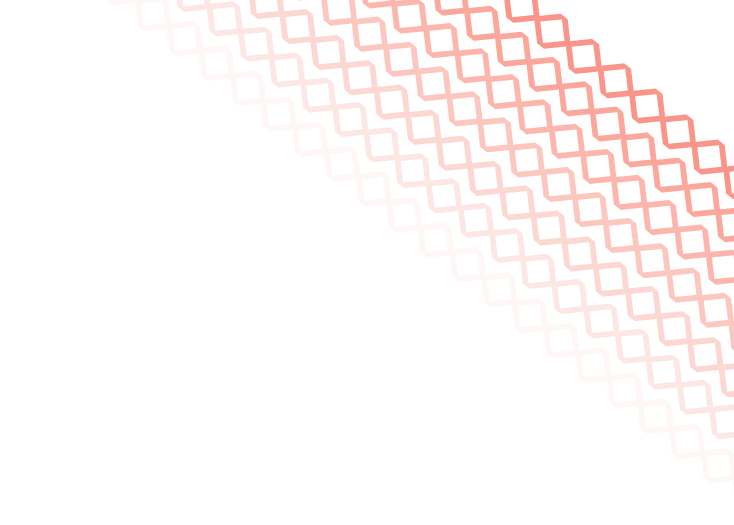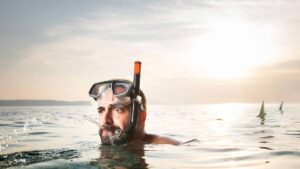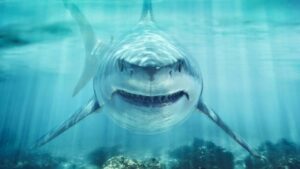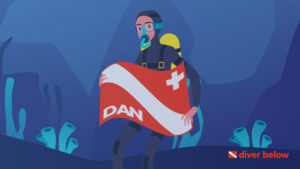As a scuba diver, you will encounter coral if you are diving in the sea.
Many people who think about coral think about what you can find in jewelry.
However, coral is a living animal.
There are three main types of coral – hard coral, soft coral, and deep-sea corals.
All totaled, there are over 2,000 different types of coral. Let’s look at them to see what they’re all about.
Hard Coral
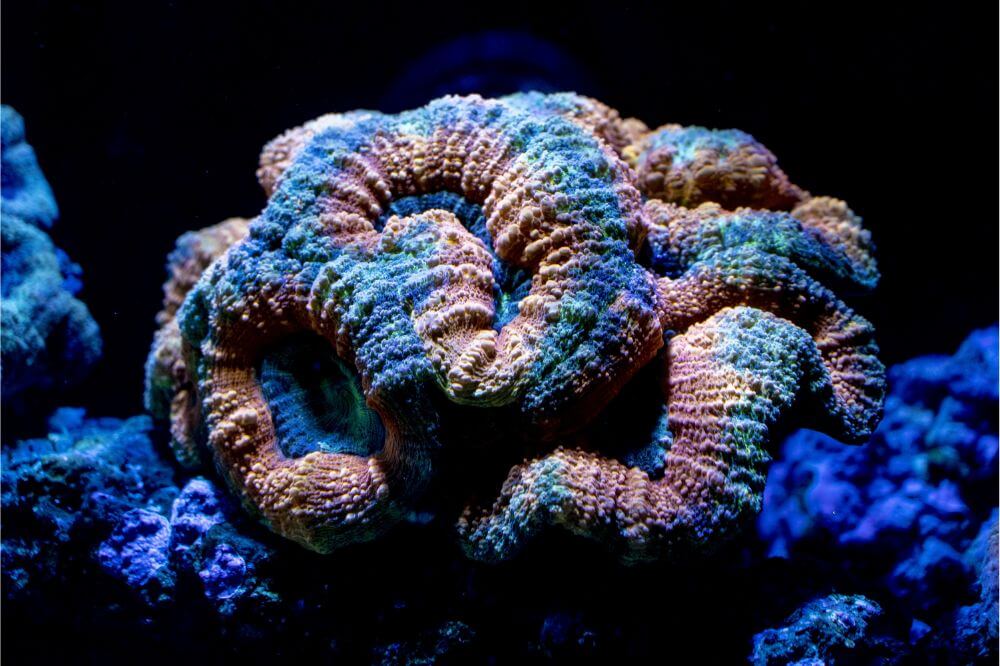
Hard coral is the fundamental building block of the coral reef.
Hard corals have so-called polyps that secrete calcium carbonate, which turns into rock, essentially the skeleton of the coral.
Specifically, hard corals are defined as hermatypes, which means that they are reef-building corals.
A coral reef is started when a coral polyp attaches itself to a rock on the seafloor.
That single coral polyp then divides or buds into thousands of clones that connect to each other to create a colony that acts as one.
These coral colonies grow for thousands of years.
Interestingly, coral needs zooxanthellae, a specific type of algae that lives within their tissue, to survive.
Even more interesting is that the coral’s color depends on those algae, which is dependent on the area in which they reside.
Hard coral polyps are similar to sea anemones because they have cnidocytes or stingers.
Various factors will determine what coral looks like, including its species, type, location, depth, water movement, and nutrition.
Hard coral can be found worldwide, although the population has been decreasing and is expected to plummet even further due to global warming and water pollution.
Some of the most common types of hard coral include elkhorn, tube, great star, brain, blue, pillar, table, and staghorn.
Soft Coral
Unlike hard corals, which have stony skeletons, soft coral usually looks like plants and trees, and they are bendable and soft.
The only part of soft coral which is remotely hard is the core, which is very much like wood.
This is so there’s a bit of stability for the coral.
Soft coral cores are made of structured proteins similar to those that make up fingernails and animal horns.
There are also so-called true soft corals, which have no core or rigid internal skeleton.
Soft corals are known as ahermatypes which means they are not reef-building corals; while they can grow larger in size, single coral larvae will not multiply and create large coral reefs.
Unlike hard corals, soft corals do not produce calcium carbonate, and therefore have no way of growing and multiplying.
In addition, because this type of coral has no hard skeleton for protection, many soft corals grow sclerites, spines that may or may not contain poison.
On that same note, soft coral does not have a symbiotic relationship with algae-like hard coral (at least not usually).
Some examples of soft corals include gorgonian, carnation, tree, toadstool, bubble, and pens.
Deep-Sea Coral
Last is deep-sea coral, found in the oceans’ darkest depths down to 6,000 meters (nearly 20,000 feet) below the sea’s surface.
This type of coral was only recently discovered because scientists were simply unable to go that deep in the ocean until a few years ago.
As a result, deep-sea corals are now known to be some of the oldest marine organisms in recorded history.
On that same note, some of these deep-sea coral reefs, because they are undisturbed, have been growing for nearly 40,000 years.
This type of coral lives in freezing cold waters with no sunlight in waters as cold as -1°Celsius.
Therefore, to multiply and to survive, they require a lot of nutrients from the water.
At this point, there are almost as many types of deep-sea coral discovered as shallow-water coral.
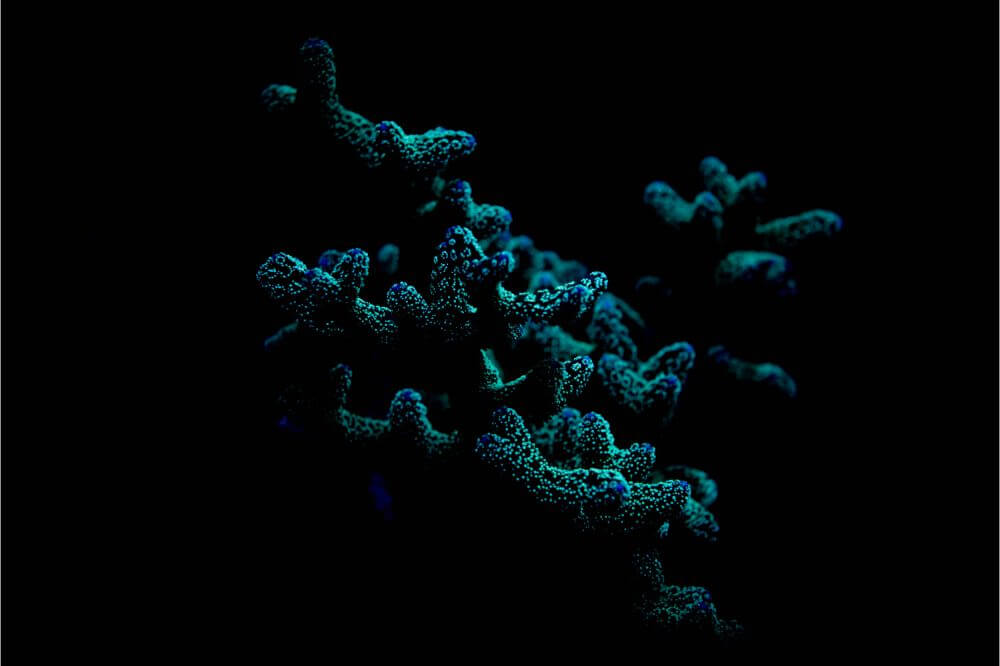
Conclusion
This has been a very rudimentary introduction to the three types of coral that exist in our oceans.
So the next time you see a coral reef, remember how complex and unique these little animals are.


